Protecting the Environment
Building the New Port creates both environmental challenges and opportunities. Consistent with one of the pillars of the Qatar National Vision 2030, the design and construction of the New Port has been undertaken with environmental protection as a key objective. In co-ordination with the Ministry of Environment extensive land and marine environmental investigations occurred prior to any works on site in order to understand the natural environment at the New Port site. This knowledge was essential to ensure that the New Port could be designed and constructed in a way to reduce environmental impacts and thereby achieve a balance between economic growth, social development and environmental protection.
Major efforts which have been implemented during the construction phase have been extensive relocation programs for the re-location of hard corals, soft corals, seagrasses, and mangrove trees. Ongoing monitoring of these communities indicates the success of these programs. In addition, extensive environmental monitoring schemes have been implemented during the construction phase to ensure that the New Port’s construction activities are controlled and can be adjusted to ensure environmental preservation.
Buildings within the New Port are designed and constructed with energy conservation and sustainability as a key feature. Buildings will achieve targeted ratings using the locally developed GSAS sustainability rating system.








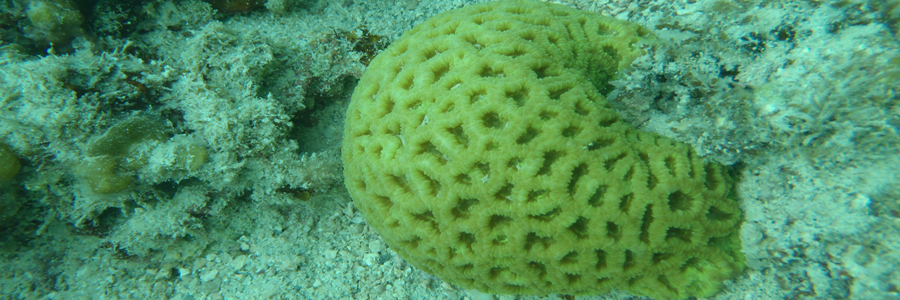


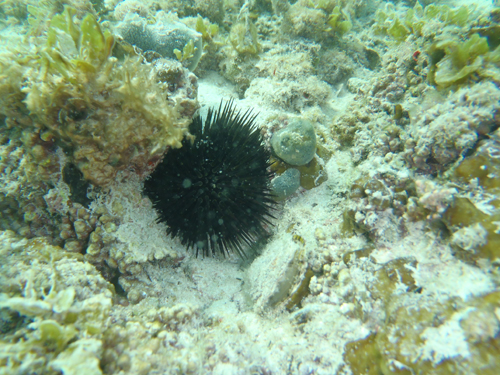
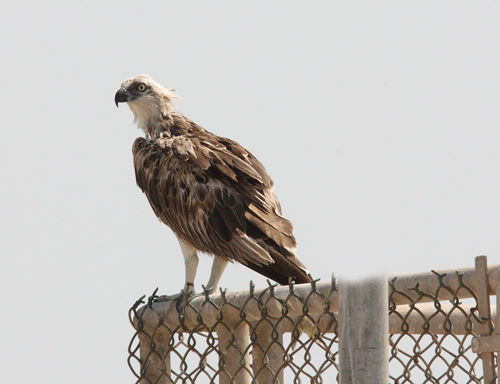
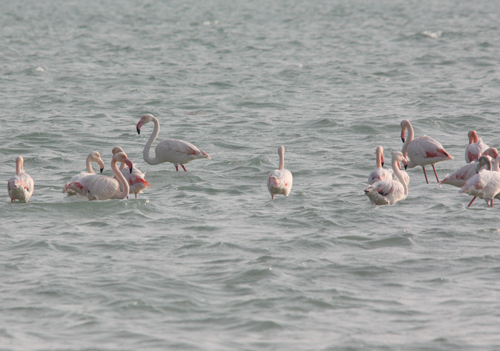
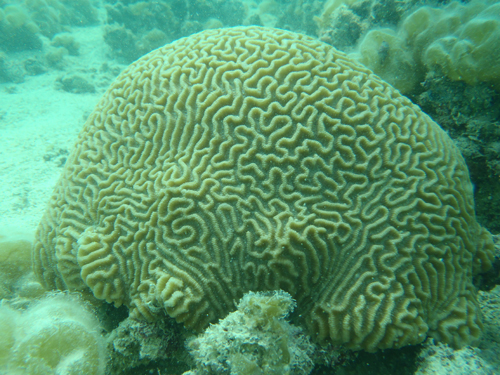
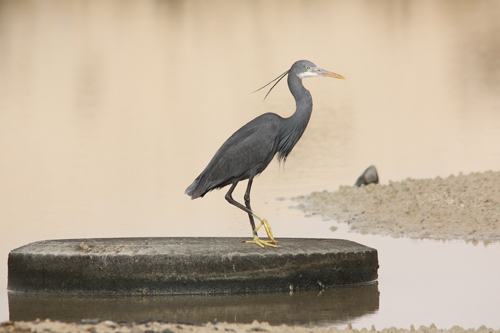
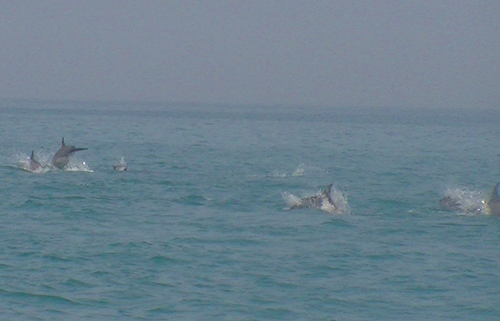
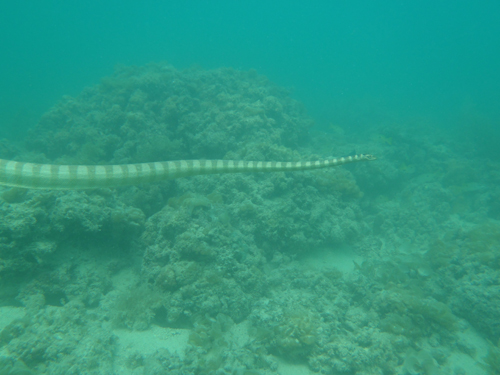
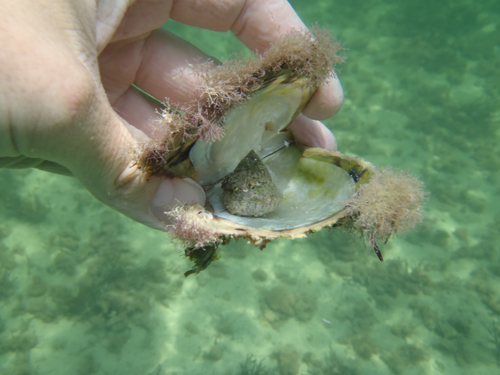
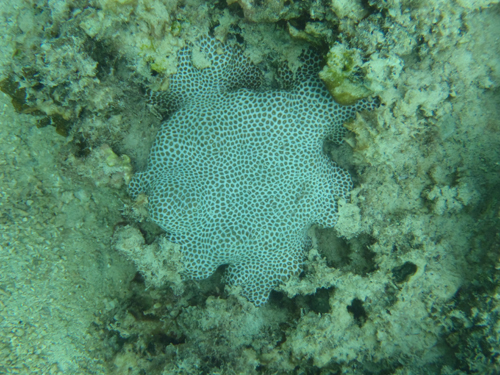
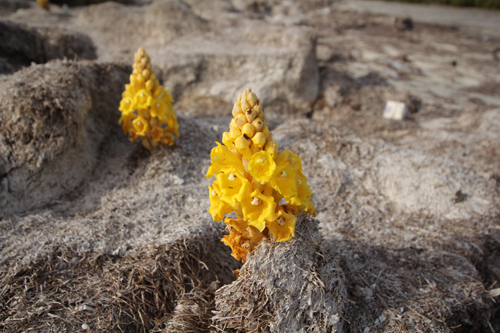
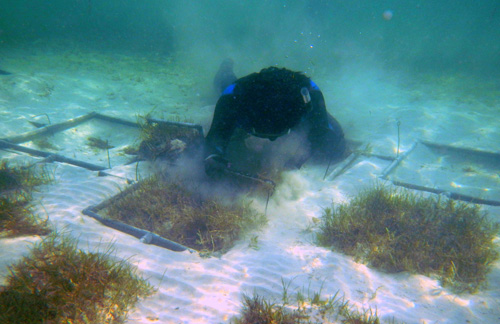
----12.10.2012.jpg)
